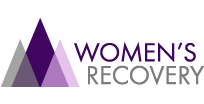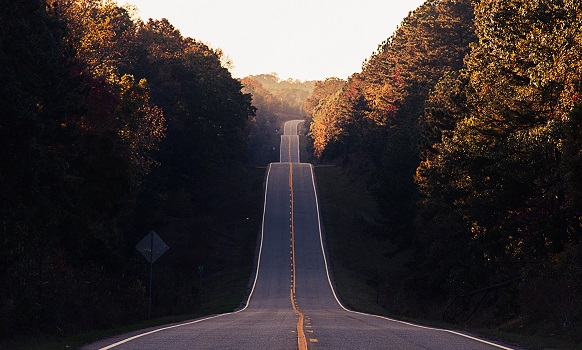The thought of relapse can be one of the scariest parts of recovery. However, a relapse doesn’t have to be part of your recovery story. Typically, the relapse behaviors and thoughts start far before the actual use. Here is some insight that hopefully can keep you off the road to relapse and continuing down the path of recovery. If a relapse does become part of your recovery story know that is not where it has to end. You have choices, you have help and always remember that somewhere someone cares a whole lot.
1. Shift in Mindset
Disconnection from your recovery program or perhaps forgetting why you set out to get sober in the first place. This is the first sign of a change in priorities. Perhaps recovery was harder than you thought? Or things you were hoping would change in sobriety didn’t? This is the first step out the door and revisiting those reservations to sobriety that potentially existed in the first place.
2. Poor Stress Tolerance
For many, the natural course of recovery goes from inpatient and then to outpatient where you either return home or go to a sober living. The exit from the “rehab bubble” can be stressful and often the things you have been sheltered from while in the bubble hit you right in the face on your way out the door. Without coping skills and an improved distress tolerance this can set you down the road to relapse quick.
3. Defenses & Thinking Errors
Sometimes, the thinking errors and defense mechanisms that kept us sick in the first place re-emerge when things get difficult. Maybe you forgot how comfortable living in denial can be? Maybe you’re tired of looking at yourself and revert back to the victim stance of blaming everyone around you. Either way, your head is no longer in the game. Some romanticizing of the “good times” might start to pop up as you move farther away from the catalyst that got you into recovery in the first place.
4. PAWS & High Risk Intervals
PAWS is short for Post Acute Withdrawal Symptoms. These are things such as difficulties thinking or concentrating, sleep disturbance and cravings that can pop up with alarming force at certain points of recovery. It is also important to be aware of important time periods such as 30, 60 or 90 days of sobriety or around holidays or important events where cravings or desires to use can increase.
5. Re-emergence of “Addict Behavior”
These behaviors include falling off of the structure you had established for yourself in early recovery, no longer attending meetings or working with a sponsor and re-engaging in deceitful or manipulative behavior. A lot of times this addict behavior is meant to make room for the actual relapse that is to come.
6. Isolation & Alienation
The first people to go when you are heading towards relapse are the people who are going to stand in your way. Most often this is your sponsor, sober supports and family members. Isolation breeds emotional suffering and emotional suffering is a great excuse to start using again.
7. Judgement Break Down
This could look like being unable to make healthy decisions or even make any decision at all. Your behavior becomes questionable and your motives unclear. Impulsivity also comes back into the picture at this point and perhaps some thrill seeking.
8. Control Fallacies
This false sense of control is a trap! If alcohol was not your drug of choice maybe you talk yourself into thinking a few drinks can’t hurt or that you can even be a social drinker. This grasping for anything resembling control may be a delayed response to those unsettling feelings of stress and anxiety back at step 2. At this point you start to revisit feelings of hopelessness and a lack of confidence in your ability to make it in sobriety so instead you focus on things you can control no matter how insignificant they may be. When we feel like we’re out of control a lot of the time we look to control others in an attempt to feel powerful.
9. Limiting Options
This is about where you start to back yourself into a corner. Remember, you have cut most of the people who you could ask for help out of your life at this point. You might fool yourself into thinking you can’t possibly show your face in meetings or call up the sponsor you ditched after months of hiding out! (Not true, you absolutely can) All or nothing thinking takes hold around here and you’re either fully into sobriety or on your way to being out.
10. Relapse
Well, it finally happened. Your attempts at controlling your use or being a “social drinker” have failed. Recreational pot smoking wasn’t the high you wanted and the craving for your drug of choice became unmanageable. It is important to remember here the difference between lapse and relapse. A lapse is a sidestep from the right path but with a route to step back on. This can be errors in judgement, re-engaging with old friends or falling back into dishonesty. Full blown relapse is diving headfirst into use and all the behaviors that come with it.
11. Guilt/Shame
It’s come time to sit with what you’ve done. Here is where the aftermath comes in. Maybe you reflect on all the opportunities you had to stop it before you got here. Maybe you’re too wrapped up in your own self judgement to do that but either way you have a choice. Relapse does not have to be the end of your journey of recovery. It can be a learning opportunity. Relapse does not negate all the work you have done and progress you have made up to this point.







